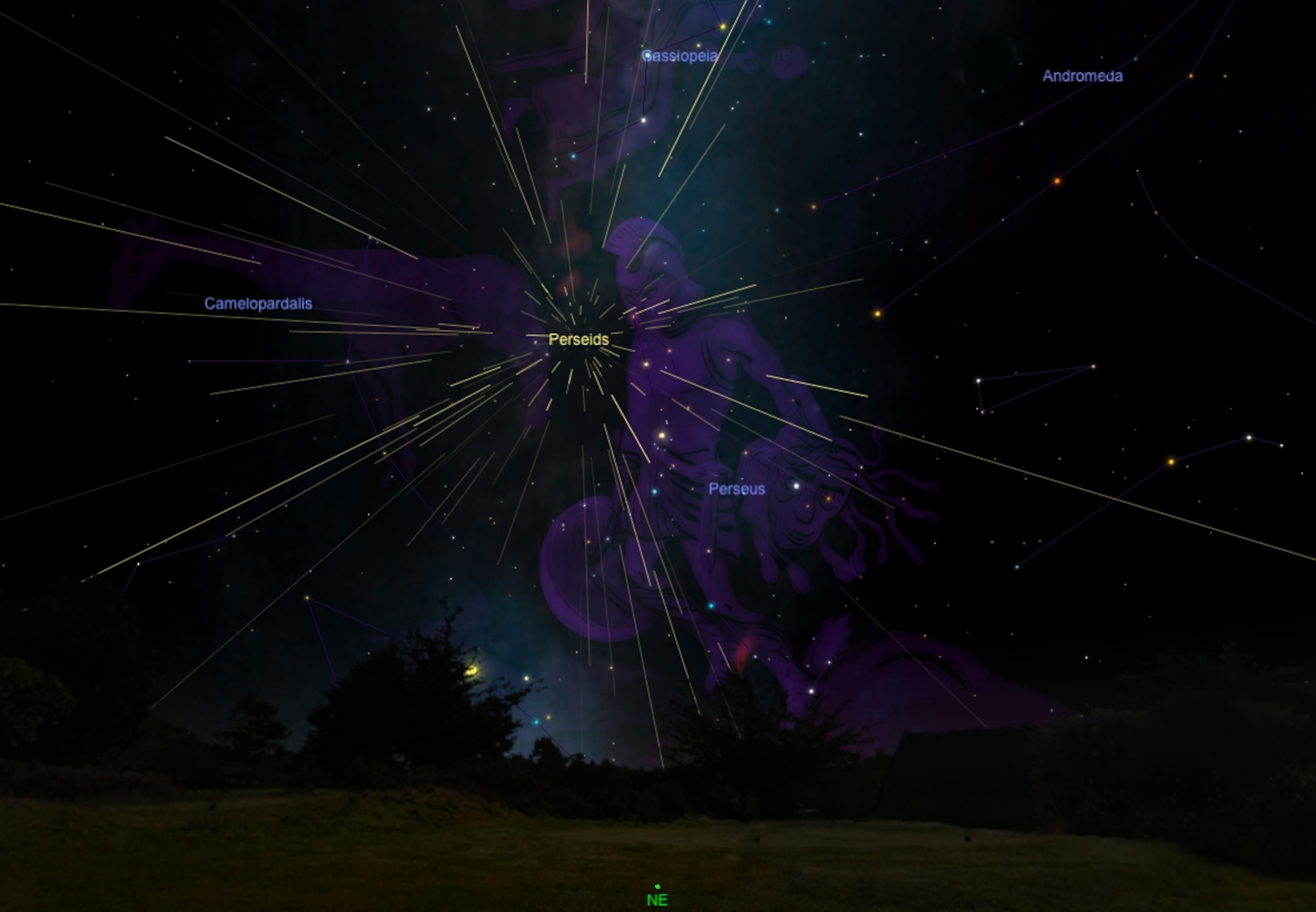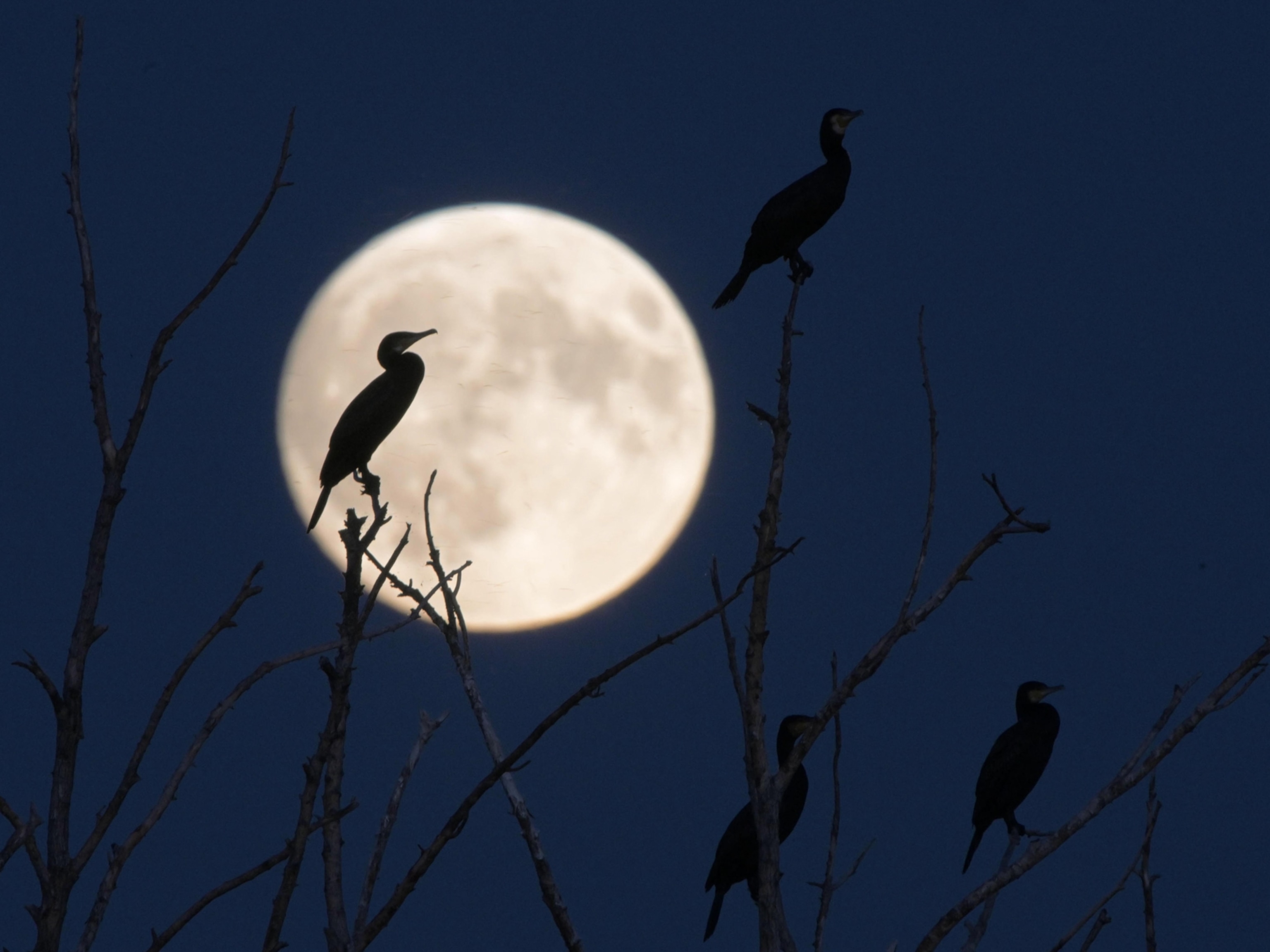
How to See the 2017 Perseid Meteor Shower
Find out the top times and places to see one of the best and most reliable sky shows of the year.
This weekend, people around the world will be able to see pieces of a comet streaking across the sky, as the annual Perseid meteor shower reaches its peak.
Considered the “old faithful” of sky shows, the Perseids put on a dazzling display every August as Earth plows through a stream of debris left behind by comet Swift-Tuttle, which swings around the sun every 133 years.
Ranging in size from sand grains to boulders, the comet fragments slam into our atmosphere at speeds of more than a hundred thousand miles an hour, causing the meteors to burn up and become bright, fast-moving streamers in the night sky. (See some of our favorite pictures of the Perseids.)
This year, the cosmic fireworks are on display from July 13 to August 26, but activity peaks when Earth encounters a particularly dense part of the debris cloud. That happens on the night of August 12 and into the early morning hours of August 13.
The Perseids are primarily a Northern Hemisphere sky show, but sky-watchers in the Southern Hemisphere will still have the chance to observe some of the shower.
Lunar Interloper
As with all meteor showers, the best place to see the Perseids is from a dark site away from city lights, with an unobstructed view of the overhead sky.
The meteors appear to radiate from the shower's namesake constellation, Perseus, which will rise after local midnight in the northeastern sky for viewers in the Northern Hemisphere.

For viewers in the south, Perseus only peers over the northern horizon, so the show won’t be as intense but should still produce a good number of shooting stars.
Larger pieces of comet debris can create exceptionally bright meteors known as bolides. During a meteor shower, your chance of glimpsing one of these impressive fireballs ripping through the upper atmosphere increases tremendously.
However, despite a viral meme incorrectly touting this year’s Perseids as the brightest meteor shower for 96 years, the 2017 sky show will actually be slightly less impressive due to the late-night appearance of a bright gibbous moon.
On the night of August 12, current predictions call for up to 80 shooting stars an hour visible from dark locations in the early evening, when viewers will be under a moonless sky. Once the moon rises in the east around 11 p.m. local time, you can expect those numbers to drop to about 20 to 30 meteors an hour.
Both Friday and Sunday evenings are also good times to look up, but with slightly lower hourly rates and a chance for a few fireballs.
Remember to maintain your night vision by keeping your back to the moon. There’s no need for high-powered telescopes or binoculars—unaided eyes are best, since a wider field of view will help you soak in the entire sky. The only recommended equipment is a blanket or reclining lawn chair.
Being able to see the band of the Milky Way is a great test for whether your view is dark enough sky for you to see the most meteors possible. But even if you are stuck in the light-polluted suburbs, you should still spot enough shooting stars to make plenty of wishes.
Clear skies!
Andrew Fazekas, the Night Sky Guy, is the author of Star Trek: The Official Guide to Our Universe and host of NG Live! Mankind to Mars presentations. Follow him on Twitter, Facebook, and his website.





